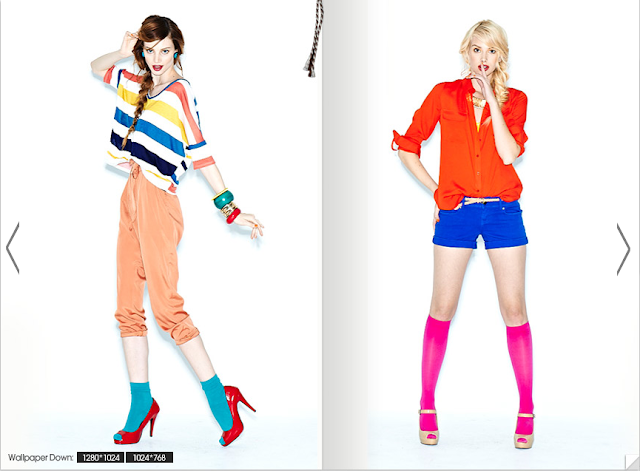In the same article, it was reported that JEPLAN has established new technology to convert used clothing into ethanol, thus producing a new source of energy. However, the catch is that it is still relatively expensive to produce - one liter of ethanol costs 200yen. For it to be marketable, the price must go down to 100yen at least. Yet, this represents a source of hope for reducing waste in the form of unwanted textiles and carbon dioxide emissions.
[Images from JEPLAN]
In 2006, Itochu Corp. launched a new recyclable brand of neckties called "MOTTAINAI". Appropriately named since the word "mottainai" carries the meaning of "waste not, want not", this brand claims to be the world's first clothing brand dedicated to the creation of a sustainable society. Made of recyclable polyester fabric, as opposed to the usual silk material, this material fits in with the principles of the 3Rs (reduce, reuse, and recycle) as it can be easily melted and reproduced as polyester fibers, as known as fiber-to-fiber recycling. For this purpose, the company has encouraged the collection of used neckties at their stores and has issued postage-paid envelopes for customers to send back their used neckties so these textiles can be processed to ensure recycling.
In 2009, a "fashion swap" trend was reported as attraction attention not just in Japan, but also in Europe and the United States. This activity provides a platform for people to exchange unwanted fashion items for free. One example of an such an event in Japan, known as xChange, is not only designed to exchange fashion items, but also information and sentiments from the owners of the clothes, using an "episode tag". By attaching feelings to the items they receive in return for their items, people are made aware of the human connection and also of the need to cherish their items even more. In contrast to the food industry, the large impact the fashion industry has on the environment is not as widely known or reported about. One common example is cotton, which consumes large amounts of pesticides, insecticides and chemical fertilizers in the growing process. Of even larger significance is the waste produced when people throw away their clothing. Statistics indicate that the average Japanese buys ten kilograms and throws away nine kilograms of clothes a year. It is also said that women are often the main culprits as 80% of the time, most women wear only 20% of the clothes they own. Hence, events such as these help to reduce waste and most importantly, promote awareness of not overspending on clothing and of recycling one's clothing.
Last year, Marui Group Co. held an xChange fashion-swapping event as part of the company's Earth Smile Project. During the three-day event, a total of 232 people brought 1,157 clothing items and 768 of these were exchanged. This number still represents a small number as compared to the amount that gets thrown away but it is nevertheless a start in promoting awareness of recycling textiles in people.
SFS also reported clothes recycling projects carried out individually by Uniqlo and Muji last year. Named the "FUKU FUKU Project", unneeded clothes were collected at MUJI stores in the Osaka Prefecture for 15 days from January 30 to February 14. As a model for the recycling of textile goods supported by Japan's Ministry of Economy, Trade and Industry and the Organization for Small & Medium Enterprises and Regional Innovation, MUJI worked with companies such as Ryohin Keikaku, World Co., Mitsubishi Corporation, Toray Industries, Teijin Fibers Ltd., Tokai Senko K.K., Sekisui Chemical Co., and JEPLAN Co. on this project. Similar to this year's project, the aim was to generate ethanol as viable biomass energy source from the recycled clothing so as to achieve 100% recycling.
Around the same time, Uniqlo started the "All-Product Recycling Initiative" to recycle and reuse all of its used clothing throughout the year from March 2010. This recycling initiative is not new to the scene as it has been conducted three times a year regularly since September 2006. In 2009, Uniqlo successfully collected 2.62 million items of clothes, making this the largest volume of recycled clothes ever. Of the clothes collected, about 10% are recycled as energy materials and industrial fibers while the other 90% are donated to support refugees and disaster victims.
The above examples mentioned have been very inspiring but this still represents only a very small amount of the total of clothing that turns into waste every year. There is still a need to promote awareness of such activities in the media and through the stores themselves such as in their publicity campaigns and social media. In this respect, I think Mode Off still has some way to go in promoting the need for recycling textiles. As such, there is still room for a recycle-oriented society to grow.














































